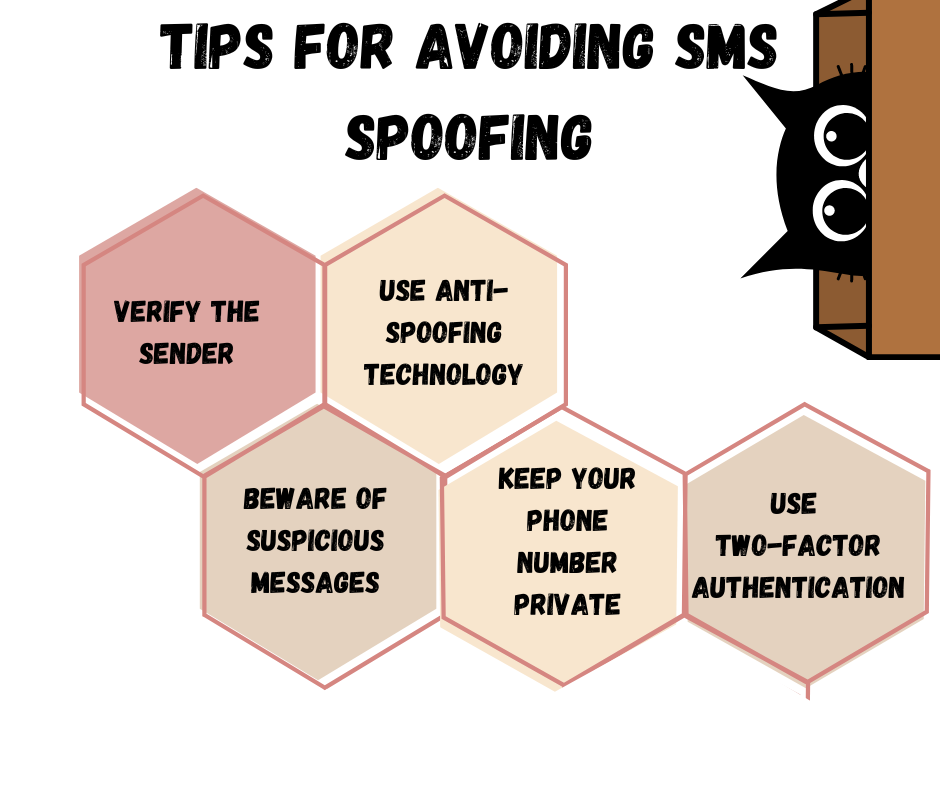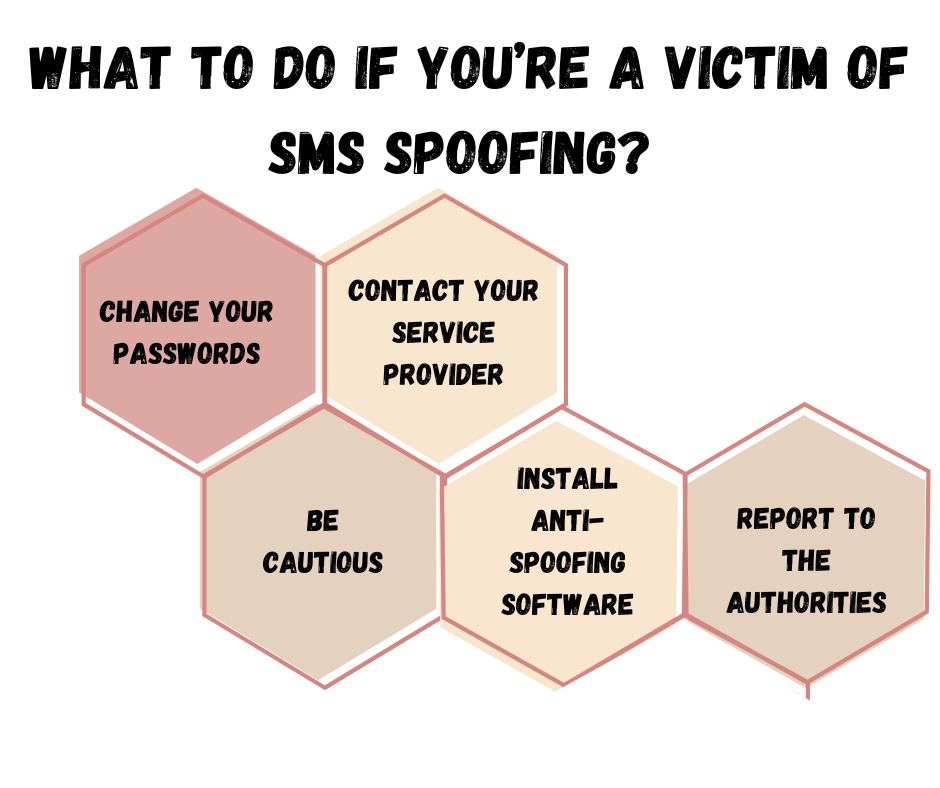SMS spoofing: How To Avoid Being The Victim?
SMS spoofing is a technique used by malicious individuals to send text messages from a different phone number than their own, making it appear as if the message is coming from a trusted source.
In other words, SMS spoofing involves falsifying the sender’s information in a text message to trick the recipient into believing it is coming from a legitimate source.

This can be dangerous as it can be used for phishing scams, identity theft, or other fraudulent activities. It is important to be cautious when receiving text messages from unknown sources and to verify the authenticity of the sender before responding.
Explanation of SMS spoofing
SMS spoofing is used by cybercriminals to send text messages to individuals while disguising their identity.
The attackers use the phone number of a legitimate sender to deceive the recipient into thinking that the message came from a trustworthy source.
They can also manipulate the content of the message to lure the victim into clicking on malicious links or providing sensitive information.
SMS spoofing can be a serious security threat, and it’s important to be aware of this practice to avoid falling victim to potential scams or phishing attacks.

Importance of avoiding SMS spoofing
SMS spoofing is a fraudulent activity in which messages are sent from a fake sender in an attempt to trick the recipient into believing that the message is from a legitimate source.
This can have serious consequences, including identity theft, financial loss, and other forms of cybercrime.
It is important to avoid SMS spoofing by being cautious when receiving messages from unknown sources, verifying the identity of the sender before providing any sensitive information, and using reputable messaging services that have security measures in place to prevent spoofing.
By taking these steps, you can help protect yourself and your personal information from potential harm.
Understanding the Risks of SMS Spoofing
SMS Spoofing is a growing security concern in today’s digital world. It involves the creation of a misleading or fraudulent SMS message that appears to have originated from a legitimate source.
There are different types of SMS spoofing, including Sender ID spoofing, content spoofing, and redirection spoofing.
Sender ID spoofing involves the creation of a fake sender ID to make the recipient believe that the message is coming from a trusted source. Content spoofing, on the other hand, involves the modification of the actual content of the message to mislead the recipient.
Lastly, redirection spoofing involves the interception of a legitimate SMS message and redirecting it to a different recipient.
The consequences of SMS spoofing can be severe for individuals, businesses, and organizations.

It can lead to identity theft, financial fraud, unauthorized access to personal or confidential information, and malware attacks on mobile devices. SMS spoofing can also damage the reputation and trust of legitimate businesses and organizations.
Some examples of SMS spoofing attacks include phishing scams, smishing attacks, and vishing attacks.
In a phishing scam, the attacker sends a fake SMS message that appears to be from a legitimate source, such as a bank or social media platform, to trick the recipient into providing personal or confidential information.
In a smishing attack, the attacker uses SMS messages to spread malware or viruses to mobile devices.
In a vishing attack, the attacker uses voice messages to deceive the recipient into revealing sensitive information.
It is essential to be aware of the risks of SMS spoofing and take appropriate measures to protect against it.
Some preventive measures include being cautious of unsolicited SMS messages, verifying the identity of the sender, and installing anti-spoofing software on mobile devices.
Tips for Avoiding SMS Spoofing
SMS spoofing is a technique that enables scammers to misrepresent their identity and send fake text messages to people.
These messages may appear to be from a legitimate source, but they can be used to steal personal information or trick people into performing harmful actions. To avoid falling victim to SMS spoofing, it’s important to follow these tips:
1. Verify the sender
Always confirm the identity of the sender before responding to a text message. If you’re unsure about the sender’s identity, try contacting them through another means to verify.
2. Beware of suspicious messages
Be cautious of any messages that ask for personal information, contain links to unknown websites, or request immediate action. These are often signs of a spoofed message.

3. Use two-factor authentication
Two-factor authentication adds an extra layer of security to your online accounts by requiring a second form of verification, such as a code sent to your phone, in addition to your password.
4. Keep your phone number private
Don’t share your phone number with strangers or on public forums. This can help reduce the risk of your number being spoofed.
5. Use anti-spoofing technology
Some mobile carriers and third-party apps offer anti-spoofing technology that can help detect and block spoofed messages. Consider using these tools to enhance your protection against SMS spoofing.
What to Do If You’re a Victim of SMS Spoofing?
If you suspect that you’re a victim of SMS spoofing, there are several steps that you can take to protect yourself. Firstly, it’s important to report the incident to the appropriate authorities.
This may include contacting your local law enforcement agency, the Federal Communications Commission (FCC), or the Federal Trade Commission (FTC).
In addition to reporting the incident, you should also contact your mobile provider to let them know what has happened. Your provider may be able to take steps to block the spoofed messages and prevent further incidents from occurring.

It’s also important to take steps to protect your personal information. This may include changing your passwords, monitoring your bank accounts and credit reports for any suspicious activity, and being cautious about sharing sensitive information online or over the phone.
Finally, depending on the severity of the incident, you may want to consider taking legal action. This could involve working with a lawyer to file a lawsuit against the person or group responsible for the spoofing or working with law enforcement to press criminal charges.
Whatever course of action you choose, it’s important to take the steps necessary to protect yourself and prevent further incidents from occurring.
